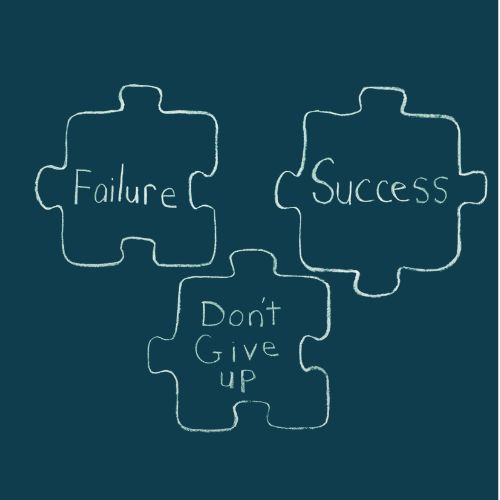
How to Create a Personalized Workout Plan Based on Your Goals
Creating a personalized workout plan is essential for achieving your fitness goals, whether you’re aiming for weight loss, muscle gain, or simply improving your overall health. A well-structured plan helps you stay focused, track your progress, and ensures that your workouts are tailored to your unique needs. By following a step-by-step approach, you can design a workout routine that is both effective and sustainable.
In this guide, we’ll walk you through the key steps to creating a personalized workout plan based on your goals.
1. Define Your Fitness Goals
Before you start designing your workout plan, it’s important to clearly define your fitness goals. Having a specific target will guide your training approach and help you stay motivated. Common fitness goals include:
- Weight loss: Focus on burning calories and improving cardiovascular health.
- Muscle gain: Emphasize resistance training to build muscle mass.
- Improved endurance: Prioritize aerobic exercises to enhance stamina.
- Flexibility and mobility: Incorporate stretching and mobility exercises for better range of motion.
Make sure your goals are SMART—Specific, Measurable, Achievable, Relevant, and Time-bound. For example, instead of saying “I want to lose weight,” set a goal like “I want to lose 10 pounds in the next three months by working out four times a week.”
2. Assess Your Current Fitness Level
Understanding your current fitness level is crucial for creating a realistic workout plan that suits your abilities. If you’re just starting out, it’s important to avoid pushing yourself too hard, as this could lead to burnout or injury. Consider the following:
- Cardiovascular fitness: Can you easily walk a mile, or do you struggle with aerobic activities?
- Strength: How many push-ups or squats can you do before feeling fatigued?
- Flexibility: Are you able to perform basic stretches without discomfort?
By assessing where you are now, you can design a workout plan that gradually builds intensity as your fitness improves.
3. Choose the Right Type of Exercise
Your choice of exercises should align with your goals. Different types of workouts have varying effects on the body, so it’s important to include the right balance of cardio, strength, and flexibility training.
- For weight loss: Focus on high-intensity interval training (HIIT) and cardio exercises like running, cycling, or swimming to burn calories efficiently.
- For muscle gain: Incorporate compound movements such as squats, deadlifts, bench presses, and pull-ups. Use progressively heavier weights to challenge your muscles.
- For endurance: Prioritize aerobic exercises like jogging, cycling, and swimming, and gradually increase the duration of your workouts.
- For flexibility: Include yoga, Pilates, or dynamic stretching routines to improve joint mobility and muscle flexibility.
A well-rounded workout plan should incorporate a mix of exercises to address all aspects of fitness.
4. Determine Your Workout Frequency
The frequency of your workouts depends on your fitness goals and how much time you can realistically dedicate to exercise each week. A good rule of thumb is to aim for at least three to five days of physical activity per week, with rest days for recovery.
- For weight loss or endurance: Aim for 4-5 days of cardio-based exercise, with 1-2 days of strength training to maintain muscle mass.
- For muscle gain: Focus on strength training 3-4 times a week, targeting different muscle groups on each day. Cardio can be added 1-2 times a week to support heart health.
- For flexibility: Stretching or mobility exercises can be done daily, or at least 3-4 times per week to improve range of motion.
Remember to listen to your body and incorporate rest days as needed to avoid overtraining.
5. Set Up a Weekly Schedule
Once you’ve determined your workout frequency, it’s time to set up a weekly workout schedule. Structure your workouts to include a balance of cardio, strength, and flexibility training, depending on your goals. Here’s a sample weekly plan:
Example for Weight Loss:
- Monday: HIIT cardio (30 minutes)
- Tuesday: Strength training (full body)
- Wednesday: Steady-state cardio (45 minutes)
- Thursday: Rest or mobility exercises
- Friday: Strength training (upper body)
- Saturday: HIIT cardio (30 minutes)
- Sunday: Rest
Example for Muscle Gain:
- Monday: Upper body strength (chest, shoulders, triceps)
- Tuesday: Lower body strength (legs, glutes)
- Wednesday: Rest or light cardio (walking, cycling)
- Thursday: Upper body strength (back, biceps)
- Friday: Lower body strength (legs, glutes)
- Saturday: Rest or mobility exercises
- Sunday: Rest
Tailor your schedule to suit your goals and time availability, making sure to balance workout intensity with adequate recovery time.
6. Track Your Progress
Tracking your progress is key to staying motivated and seeing results. Keep a workout journal or use a fitness app to record the exercises you perform, the weight you lift, and the duration of your cardio sessions. Regularly assess your progress by measuring key metrics related to your goals, such as:
- Weight loss progress: Monitor your weight, body fat percentage, or waist measurements.
- Muscle gain: Track increases in weight lifted and muscle size.
- Endurance improvement: Measure your ability to run or cycle longer distances without fatigue.
Review your progress every 4-6 weeks and adjust your workout plan if needed. For example, you may need to increase the intensity of your workouts as you get stronger.
7. Stay Consistent and Make Adjustments
Consistency is one of the most important factors for success. Stick to your workout plan, even on days when you feel less motivated. At the same time, be flexible and willing to make adjustments as needed. If you’re not seeing progress after a few weeks, you may need to increase the intensity, change your exercises, or modify your diet to support your fitness goals.






